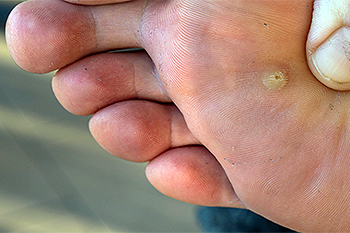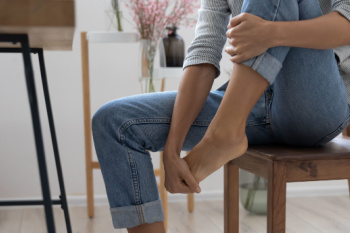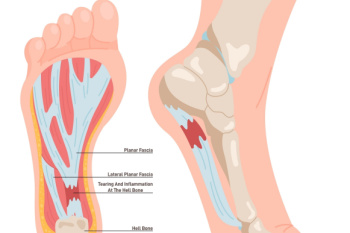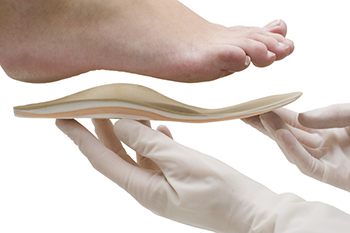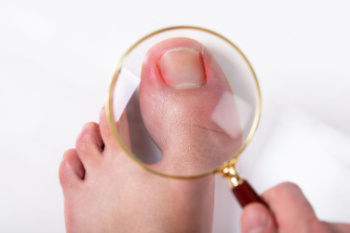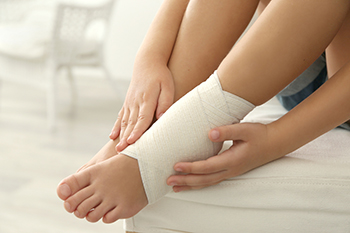
Ankle injuries are common, but it is important to distinguish between a sprained ankle or broken ankle. A sprain occurs when ligaments stretch or tear due to twisting or rolling the ankle. A break, or fracture, involves a crack or break in one or more ankle bones, usually from a severe injury. Both cause pain, swelling, bruising, and difficulty walking. A sprained ankle typically results in localized pain and limited movement, while a broken ankle may cause intense pain, deformity, and an inability to bear weight. A podiatrist can diagnose the injury through a physical exam and imaging tests like X-rays. Treatment for a sprain includes rest and targeted exercises. Broken ankles often require immobilization, casting, or surgery. If you are dealing with this painful situation, it is suggested that you make an immediate appointment with a podiatrist for evaluation and treatment.
Ankle sprains are common but need immediate attention. If you need your feet checked, contact one of our podiatrists from Foot & Ankle Centers of Charlotte County . Our doctors can provide the care you need to keep you pain-free and on your feet.
How Does an Ankle Sprain Occur?
Ankle sprains take place when the ligaments in your ankle are torn or stretched beyond their limits. There are multiple ways that the ankle can become injured, including twisting or rolling over onto your ankle, putting undue stress on it, or causing trauma to the ankle itself.
What Are the Symptoms?
- Mild to moderate bruising
- Limited mobility
- Swelling
- Discoloration of the skin (depending on severity)
Preventing a Sprain
- Wearing appropriate shoes for the occasion
- Stretching before exercises and sports
- Knowing your limits
Treatment of a Sprain
Treatment of a sprain depends on the severity. Many times, people are told to rest and remain off their feet completely, while others are given an air cast. If the sprain is very severe, surgery may be required.
If you have suffered an ankle sprain previously, you may want to consider additional support such as a brace and regular exercises to strengthen the ankle.
If you have any questions please feel free to contact our offices located in Punta Gorda and Port Charlotte, FL . We offer the newest diagnostic tools and technology to treat your foot and ankle needs.
